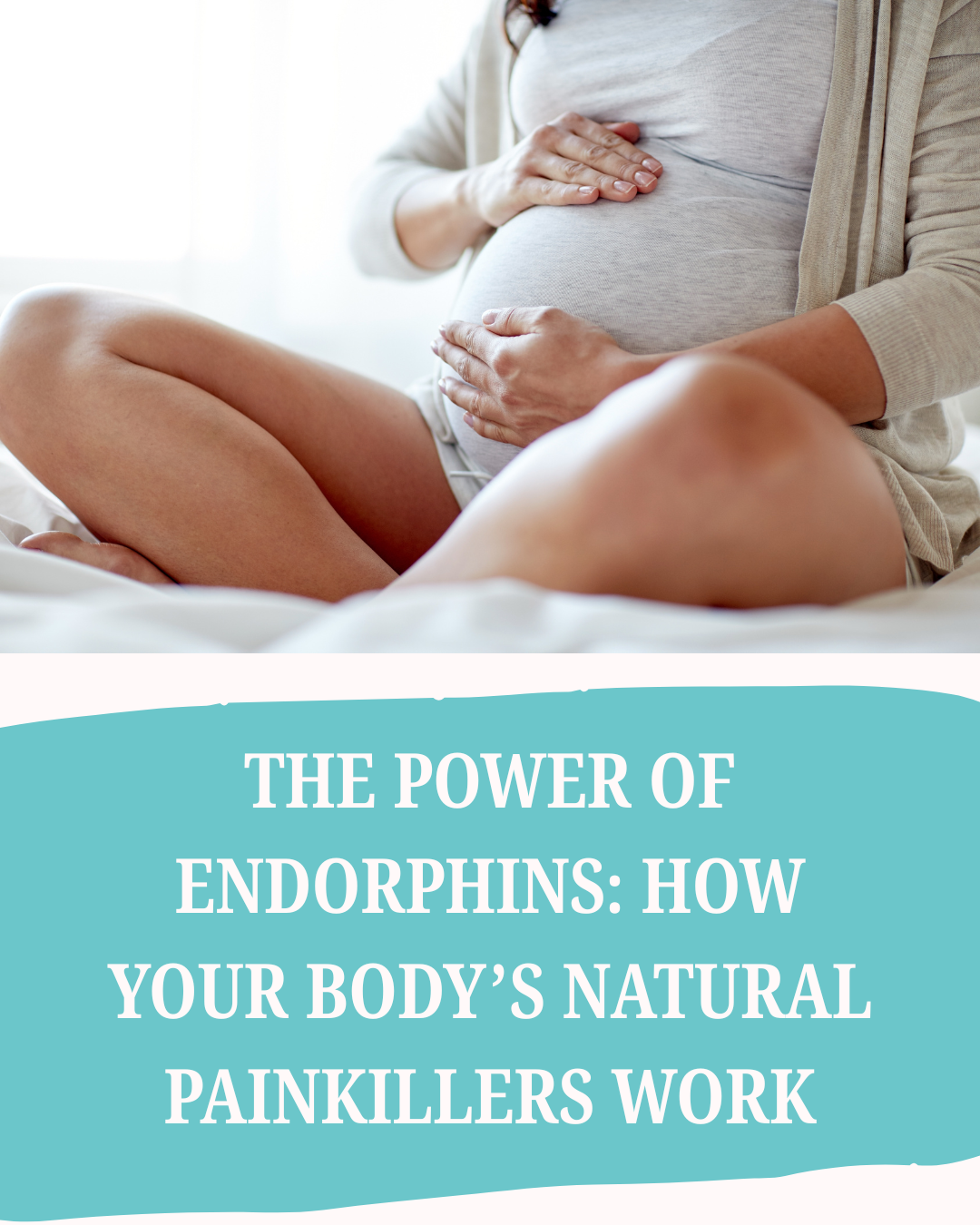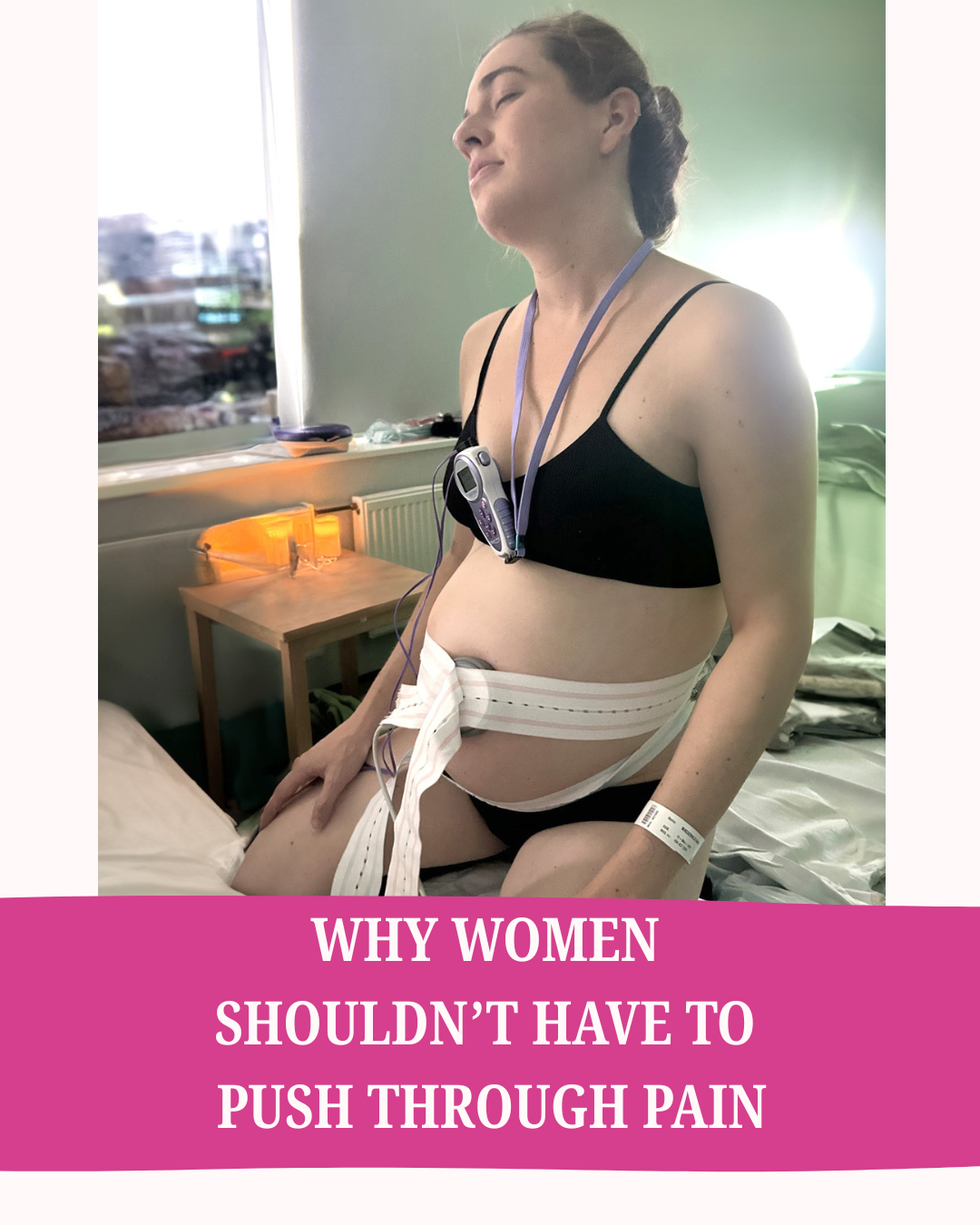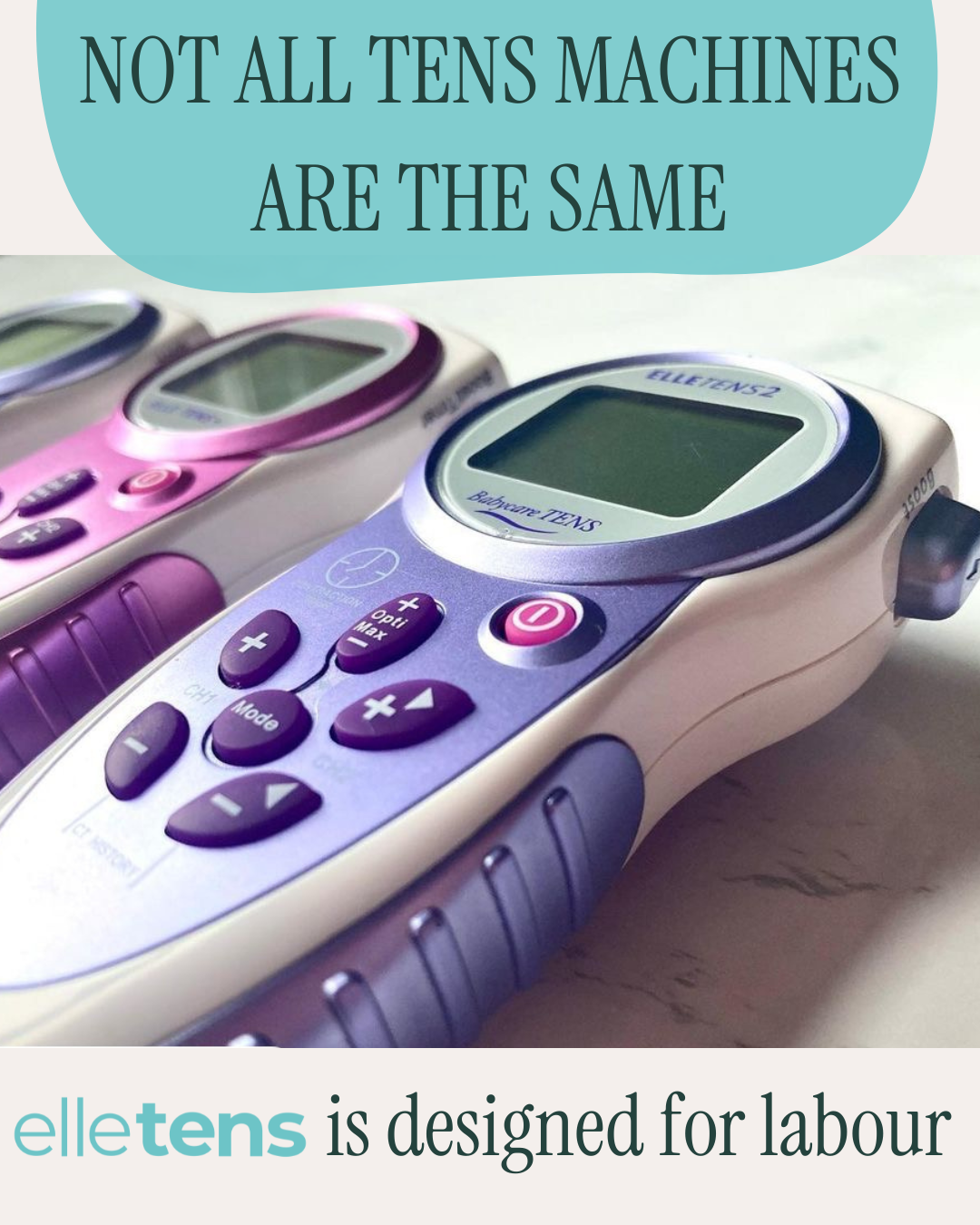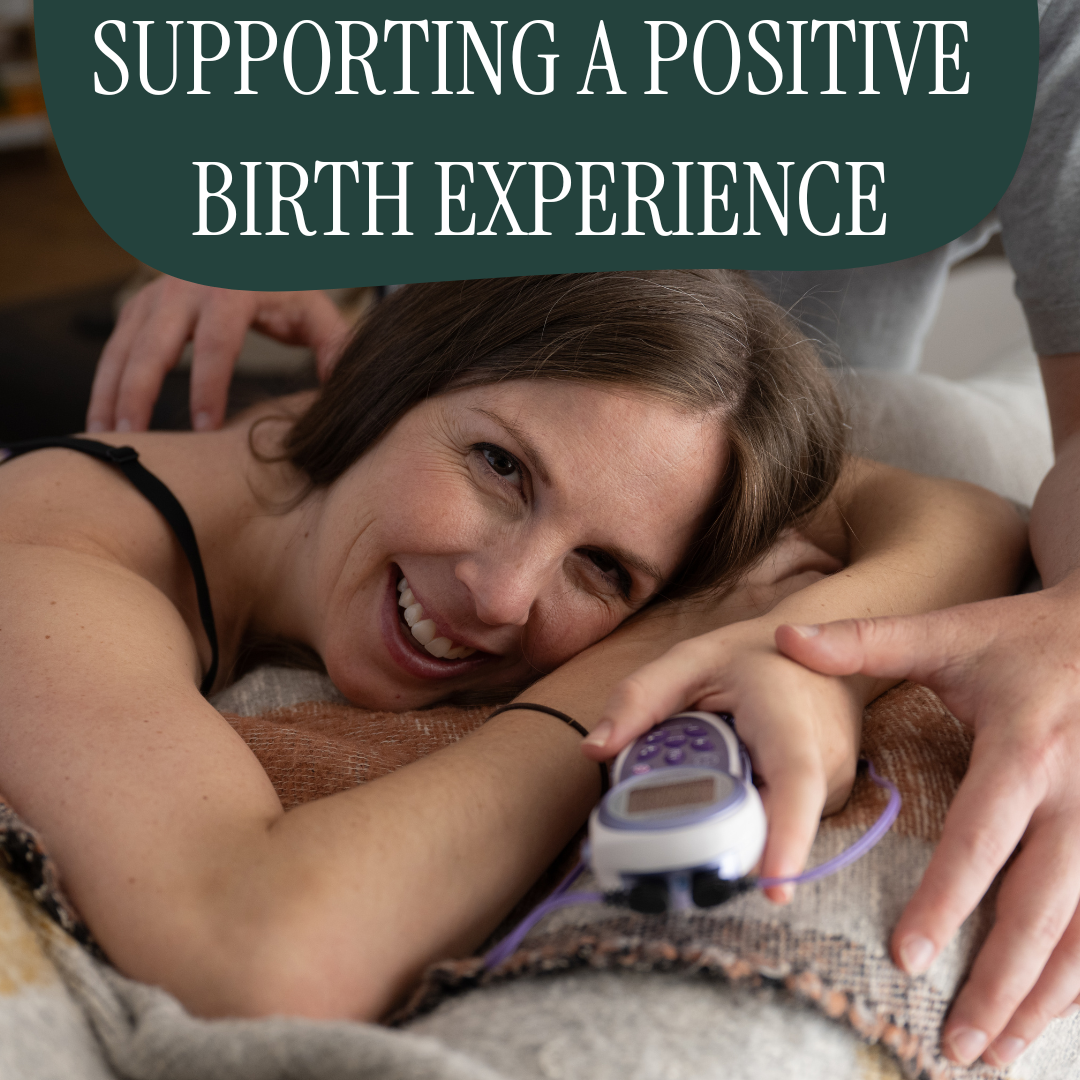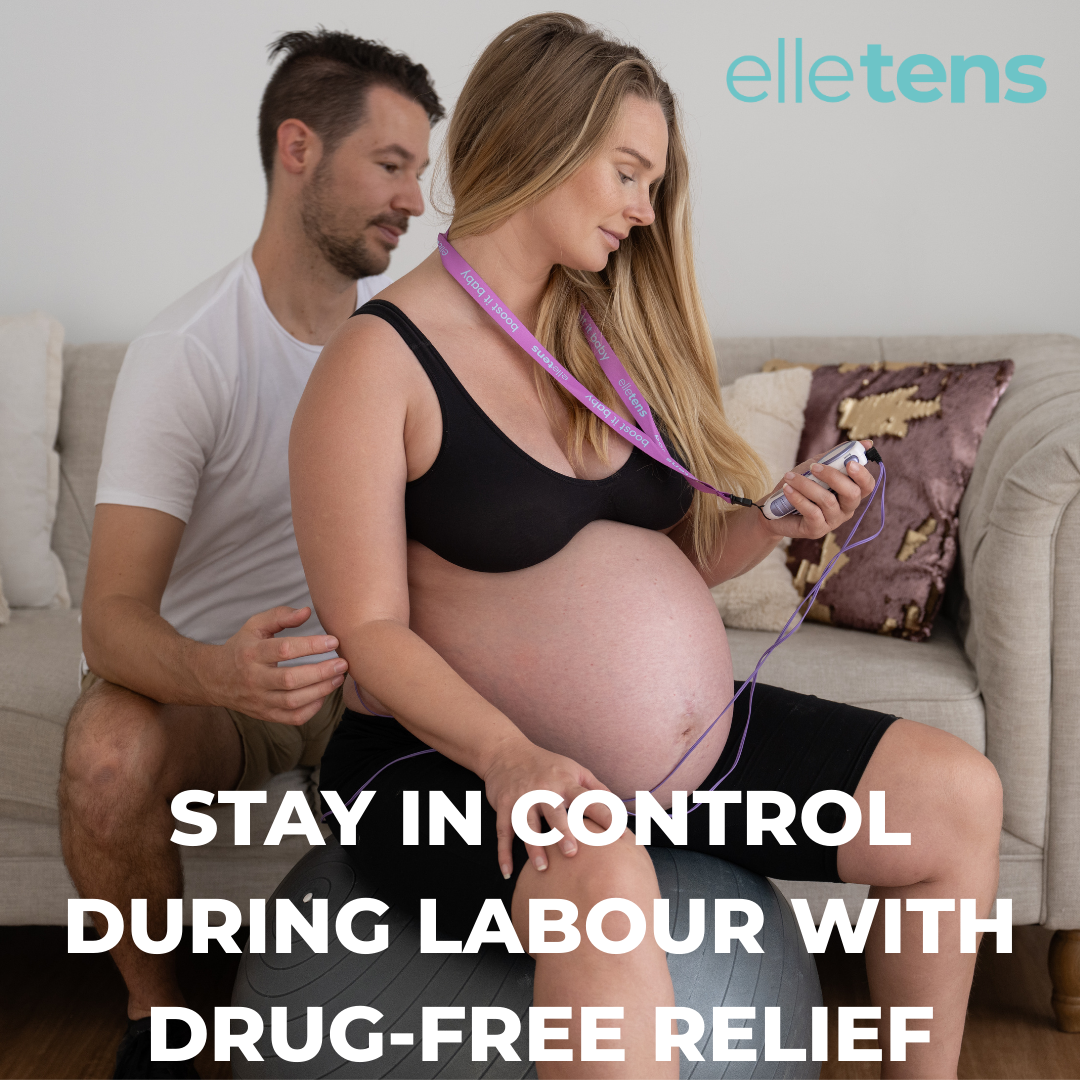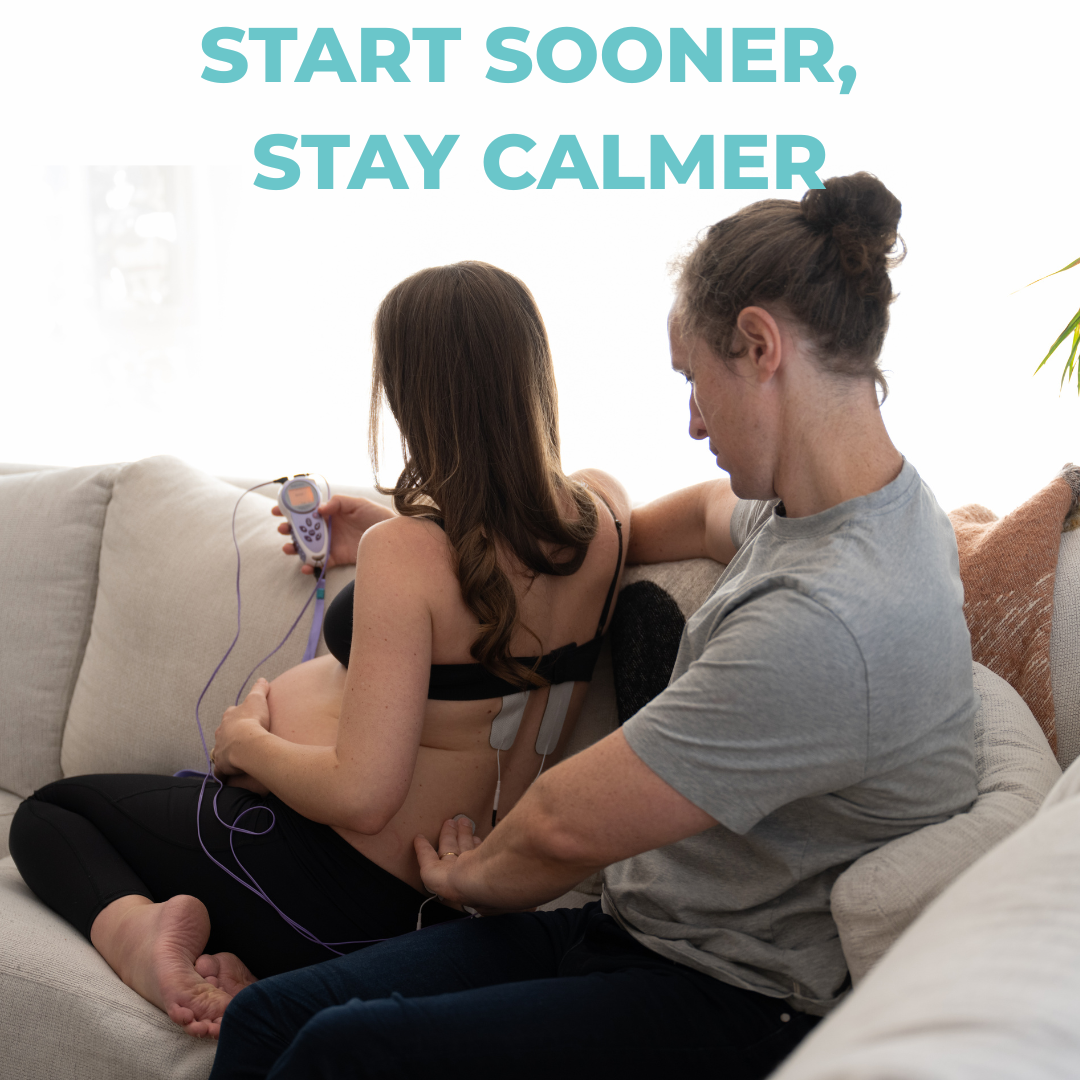Learn
Your Nervous System and Pain: Why Understanding It Can Change the Way You Heal
Pain isn’t just physical; it’s part of how your nervous system communicates. Learn how Elle TENS helps calm pain signals and support natural healing, so your body and mind can find balance again.
Learn moreThe Power of Endorphins: How Your Body’s Natural Painkillers Work
Discover the power of endorphins - your body’s natural painkillers. Learn how Elle TENS supports gentle, drug-free pain relief by helping your body do what it’s designed to do best: heal itself.
Learn moreWhen Pain Becomes Normal: Why Women Shouldn’t Have to ‘Push Through’ Discomfort
Women have been told to “push through” pain for too long - during labour, postpartum, and beyond. Discover how Elle TENS offers gentle, drug-free relief for life’s most powerful moments, helping you feel comfortable and in control.
Learn moreElle TENS vs. Standard TENS Machines: What’s the Difference?
Not all TENS machines are the same. While standard devices are built for general pain relief, Elle TENS is explicitly designed for labour. With features like the Boost button, labour-specific programs, and a lightweight portable design, Elle TENS helps mums feel calm, confident, and in control. Discover why 98% of women report reduced labour pain with Elle TENS, and explore whether hiring or buying is right for you.
Learn moreHow Elle TENS Supports a Positive Birth Experience
Discover how Elle TENS supports a positive birth experience with safe, natural pain relief and tools to help you feel calm, confident, and in control.
Learn moreNatural Pain Relief Options During Labour | Elle TENS
Labour is one of the most powerful experiences a woman can go through, and many mums-to-be want to explore natural pain relief options before turning to medical interventions. From breathing techniques to water immersion, there are a range of ways to manage contractions naturally. Among them, TENS machines for labour are becoming one of the most trusted and practical tools, with 98% of women reporting reduced labour pains when using Elle TENS devices. Breathing and Relaxation Techniques Breathing deeply and staying relaxed helps calm the mind, reduce tension, and improve oxygen flow to both mum and baby. Many women find that simple breathing patterns taught in antenatal classes allow them to feel grounded and more in control during contractions. Massage and Counter-Pressure Massage from a partner or support person offers a sense of connection and comfort. Applying gentle or firm pressure to the lower back and hips can help reduce discomfort while creating closeness and reassurance during labour. Water Birth and Warm Showers Water is known for its soothing qualities. Being immersed in warm water, in a bath, birthing pool, or even under a shower, can ease muscle tension, promote relaxation, and help mums feel weightless and supported during labour. Movement and Positioning Changing positions and moving throughout labour can help contractions feel more manageable. Walking, swaying, kneeling, or using a birthing ball gives many mums a sense of progress, helping labour to flow naturally while also easing discomfort. Acupuncture and Acupressure Both acupuncture and acupressure focus on activating the body’s natural energy pathways. By stimulating these points, the body can release endorphins, the natural “feel-good” hormones, that provide relief and relaxation throughout labour. Our Acu-Comb is a simple yet powerful tool many mums love. By holding the comb and pressing it gently into the hand, it stimulates acupressure points that naturally release endorphins and provide a distraction from contractions. It’s small, portable, and easy to use alongside other techniques, making it a perfect addition to your hospital bag. Explore the Acu-Comb here. TENS Machines for Labour A TENS (Transcutaneous Electrical Nerve Stimulation) machine is one of the most popular natural pain relief options for labour. Specially designed maternity TENS machines like our Elle TENS use gentle electrical pulses to: Reduce pain signals Boost endorphin release Provide instant relief with a simple “boost” button during contractions Allow freedom of movement Keep mums in control throughout their labour The Elle TENS has been trusted by thousands of mums across Australia, and research shows that 98% of women experience reduced labour pain using TENS. Why TENS and Acu-Comb Stand Out While all natural methods have amazing benefits, TENS and Acu-Comb stand out because they combine drug-free relief, portability, and proven effectiveness. You can use them from the very first contraction through to active labour, whether at home or in hospital. You can also choose whether to hire or buy an Elle TENS device. Hiring is a cost-effective choice for labour, while buying means you can continue using it for period pain, back pain, or even future pregnancies. Pairing it with an Acu-Comb adds another layer of comfort and support. Explore your options: Hire Elle TENS Buy Elle TENS Acu-Comb Every woman’s labour is unique, and having natural pain relief options helps mums feel empowered and supported. From breathing to water immersion, massage, and movement, each has its place in creating a positive birth experience. For mums who want extra support, Elle TENS devices and the Acu-Comb are two simple, effective tools that provide comfort, confidence, and proven relief. Together, they’re the perfect additions to your hospital bag.
Learn moreElle TENS Plus: Pain Relief for Labour, Postpartum & Beyond
One Device. Three Stages. Endless Support. Pregnancy and birth are incredible journeys, but they’re not just about one day in the delivery room. Your body goes through stages: early labour, active birth, and the recovery period that follows. The Elle TENS Plus is designed for all of them. With three unique modes - Labour Mode, Pain Mode, and Pelvic Mode, it’s the only maternity TENS machine that supports you from your first contraction through postpartum recovery and beyond. Stage 1: Labour: Take Control from the First Contraction The Elle TENS Plus isn’t just for the pushing stage; it’s most effective when you start using it in early labour. How it helps during labour: Labour Mode includes two burst patterns—one for early labour, one for rapid contractions. The Boost Button delivers instant extra relief during a contraction. Opti-Max Technology lets you increase intensity for peak moments. The built-in Contraction Timer records length and intervals so you (and your midwife) know exactly where you’re at. It’s small, portable, and clips onto clothing, allowing you to walk, move, or change positions freely, making it ideal for home or hospital births. Stage 2: Post-Birth: Supporting Your Recovery Once baby arrives, the focus shifts to healing, adapting, and caring for your new little one. The Elle TENS Plus switches easily into Pain Mode, which delivers gentle, therapeutic pulses to: Relieve neck and shoulder tension from long breastfeeding or bottle-feeding sessions. Ease afterbirth pains (common as the uterus contracts back to size). Support healing after caesarean or vaginal birth by encouraging healthy circulation. Provide comfort for period pain when your cycle returns. Help with everyday aches and pains, from a sore lower back to tight calves after a long walk. And here’s a little secret: the Elle TENS Plus isn’t just for mums. With an extra set of electrodes, even your partner can use it to relieve tension, muscle stiffness, or post-workout soreness. This versatility means the Elle TENS Plus stays useful long after your hospital bag is packed away, helping you manage a wide range of aches, safely and naturally. Stage 3: Beyond: Long-Term Pelvic Health Childbirth can take a toll on your pelvic floor. The Elle TENS Plus includes Pelvic Mode, transforming it into a pelvic floor exerciser to: Strengthen muscles and improve bladder control. Aid recovery from incontinence or pelvic floor weakness. Support long-term core stability and confidence. This makes the Elle TENS Plus a smart investment, not just for birth, but for ongoing women’s health. Why Choose Elle TENS Plus Over Other Options? Unlike single-purpose TENS machines, Elle TENS Plus is a 3-in-1 solution: Labour Pain Relief: portable, drug-free, and midwife-recommended. Postnatal Recovery: comfort and healing support. Pelvic Floor Training: ongoing health benefits well after birth. It’s reusable, adjustable, and designed with women’s real experiences in mind. Get Ready for Your Journey Have your Elle TENS Plus ready by 36 weeks so you can practise using it before labour begins. With Elle TENS Plus, you’re not just preparing for birth, you’re setting yourself up for a smoother recovery and stronger future. Buy your Elle TENS PLus today!
Learn moreWhy You Should Include a TENS Machine in Your Birth Plan
When you’re preparing for labour, your birth plan becomes your roadmap, outlining your preferences, goals, and the tools that will support you. One of the most powerful tools you can include? A TENS machine in your birth plan. Recommended by midwives and loved by thousands of women, TENS machines like the Elle TENS offer safe, drug-free pain relief from the very first twinge. What Is a TENS Machine? A TENS (Transcutaneous Electrical Nerve Stimulation) machine is a handheld device that sends gentle electrical pulses through electrode pads placed on your lower back. These pulses help to block pain signals and encourage the release of endorphins, your body’s natural painkillers. Used from early labour, a TENS machine can help you stay calm, mobile and in control, especially in the hours before heading to the hospital. Why Include a TENS Machine in Your Birth Plan? Drug-free Pain Relief A TENS machine offers an entirely natural way to manage labour pain, making it ideal for those hoping to avoid or delay medical pain relief. Use at Home During Early Labour Many women spend the early stages of labour at home. A TENS machine provides a safe and effective treatment option that you can use immediately, eliminating the need to wait until you’re in the hospital. Empowering and Easy to Use With intuitive controls and boost buttons for contractions, Elle TENS machines are designed to help you feel confident and in control. Compatible with All Types of Birth Whether you’re planning a hospital birth, home birth or water birth (TENS for early stages), it’s a versatile support tool. And if your plans change? You can take it with you or remove it with ease. Don’t Leave It Too Late We recommend having your Elle TENS ready to go by 36 weeks pregnant. You can hire or buy directly from Elle TENS Australia, and delivery is fast, Australia-wide. Compare hire vs. buy here Explore the Elle TENS 2 unit to hire Explore the Elle TENS + unit to buy Real Stories, Real Results 💬 “I used my Elle TENS from the first signs of labour — it got me through the whole night until I was fully dilated and ready to push!” – Verified Customer 💬 “An absolute game changer. I wouldn’t give birth without it again.” – First-Time Mum And the stats say it all:98% of women report reduced labour pains using Elle TENS devices. That’s why midwives recommend it and mums rave about it. Hire or Buy – What's Right for You? Elle TENS Australia offers both options depending on your needs. Hire your Elle TENS 2 for a 6-week window, ideal for single births. Book between 30–32 weeks to receive it by 36 weeks. Buy if you want to use your TENS for future labours, postpartum recovery, or period pain. Every order includes: Instructions Genuine electrodes Delivery tracking Friendly support if you need help setting up Add Confidence to Your Plan There’s no way to predict exactly how labour will unfold, but with the right tools, you can feel ready. Including a TENS machine in your birth plan helps ensure you’re supported from the moment early labour begins.
Learn moreTENS Machine for Early Labour: Why It’s a Game-Changer
Labour doesn't always start with a bang; often, it's a slow build of contractions and uncertainty. That’s where using a TENS machine for early labour can be a total game-changer. Whether you’re at home waiting to head to the hospital or managing early signs of labour overnight, a TENS machine can provide natural pain relief, reduce anxiety, and help you stay in control. What Is a TENS Machine and How Does It Work? A TENS (Transcutaneous Electrical Nerve Stimulation) machine sends mild electrical pulses through electrode pads placed on your lower back. These pulses block pain signals, stimulate the release of endorphins (your body’s natural painkiller), and provide a welcome distraction from rising contractions. The Elle TENS 2 and Elle TENS Plus are specially designed for use in labour, with features like the Boost Button for contractions and clear pre-labour modes. Why Start Using It in Early Labour? There are several reasons why starting with a TENS machine in early labour makes a big difference: Earlier = More Effective: The sooner you start, the more effective the TENS can be. This allows your body to build up endorphins gradually. Comfort at Home: You can use the machine safely at home, helping you delay going to the hospital until you’re in active labour. Stay Calm and Focused: The soothing pulse patterns help many women relax through the uncertainty of early contractions. Feel in Control: Having a physical tool to manage discomfort can reduce feelings of fear or helplessness. 98% of women who use Elle TENS devices report reduced labour pain and early use plays a big part in that. Real Feedback From Real Women “Well what can I say being a first time mum, I was so unsure, a midwife had told me about it, I was starting to get what I thought was braxton hicks at 3.30pm. Little did I know it was the start to holding my son the next morning at 4am. The elle TENS carried me through until 12am that night all the way to the hospital, then with a little bit of gas on top of this little beautiful device, it then carried me through labour. I couldn't scream to the world any louder that this is a pregnancy MUST. Thankyou Elle TENS Team" - Stevee-lee B. Tips for Using Your TENS Machine in Early Labour Apply the pads as soon as you feel consistent contractions. Use the lowest setting first, and increase as needed. Familiarise yourself with the Boost Button; it’s perfect for peak contractions. Have your support person help with pad placement. Wear loose, comfy clothing and stay mobile while using it. Ready to Start Early, Calm and in Control? Using a TENS machine for early labour can help you feel confident, supported and in charge from your very first contraction. Whether you're planning a natural birth at home or a hospital birth with support, having your Elle TENS unit ready makes all the difference. You can hire a machine for a convenient and affordable option, or buy one to keep using it long after birth for period pain, postpartum recovery, or even future pregnancies. Explore our hire and buy options here and choose what works best for you.
Learn more

